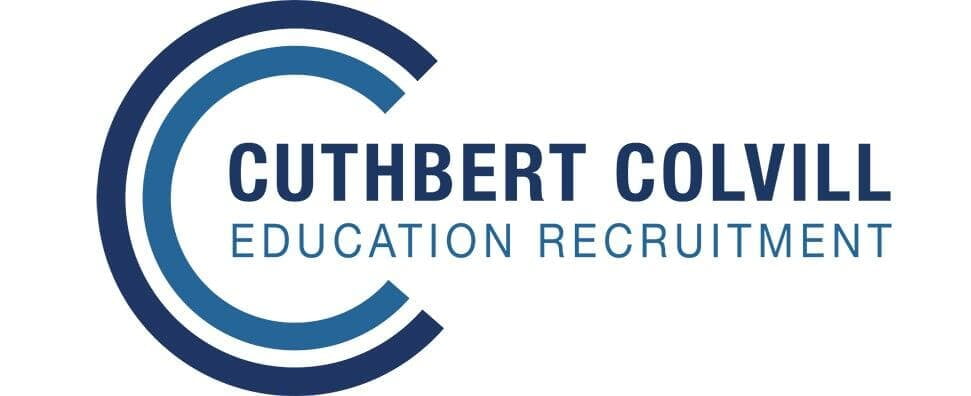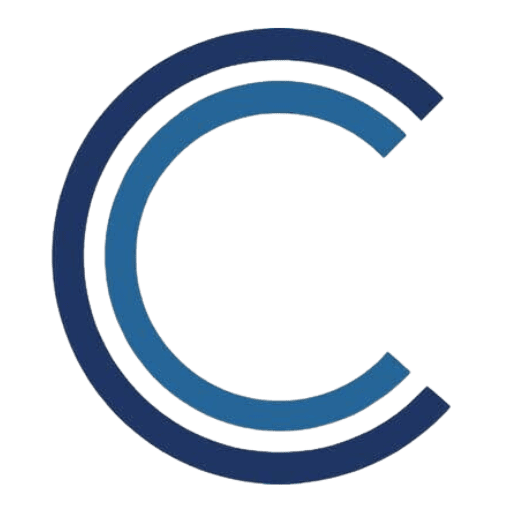
The field of education has always been a cornerstone of society, shaping the minds and futures of generations. Yet, like any sector, it is not immune to the ebb and flow of supply and demand dynamics. In recent years, the teaching landscape has been witnessing notable shifts in these trends, which have far-reaching implications for educators, schools, and education systems as a whole.
The field of education has always been a cornerstone of society, shaping the minds and futures of generations. Yet, like any sector, it is not immune to the ebb and flow of supply and demand dynamics. In recent years, the teaching landscape has been witnessing notable shifts in these trends, which have far-reaching implications for educators, schools, and education systems as a whole.
The Rising Demand: Challenges and Opportunities
One of the most striking trends in teaching today is the rising demand for qualified educators. As populations grow, educational access becomes a priority, leading to increased enrolment and subsequently, a greater need for teachers. Moreover, the digital age has ushered in new avenues for learning, driving demand for tech-savvy educators who can navigate online and hybrid teaching environments. This surge in demand creates a host of challenges, but also presents opportunities for educators to make a significant impact.
With an aging teaching workforce and retirements on the horizon, the need to replenish the pool of educators becomes evident. However, this trend is not without complexities. The demand for teachers varies across regions, subjects, and levels of education. STEM (Science, Technology, Engineering, and Mathematics) subjects, for instance, often experience higher demand due to their critical role in shaping the future workforce. Additionally, the demand for educators in rural or underserved areas may differ significantly from urban centres.
Supply Factors: Striking a Balance
While demand for teachers is on the rise, factors influencing the supply of educators also play a pivotal role. The pathway to becoming a teacher involves education, training, and certification, which can vary significantly based on the region or country. For instance, some areas may face challenges in recruiting educators due to stringent certification requirements or limited access to teacher preparation programs.
Additionally, shifts in societal attitudes and perceptions towards the teaching profession impact the supply of prospective educators. Factors such as compensation, working conditions, and public perceptions of the teaching profession can influence the number of individuals choosing teaching as a career. Addressing these aspects becomes crucial in ensuring a healthy supply of qualified educators.
Charting a Course Forward
As the supply and demand trends in teaching continue to evolve, it becomes imperative for education systems, policymakers, and institutions to collaborate on effective strategies. Flexibility and innovation in teacher recruitment, training, and retention are key. Offering competitive compensation packages, professional development opportunities, and creating a supportive work environment can attract and retain a diverse pool of educators.
Furthermore, leveraging technology and embracing alternative pathways to teaching, such as fast-track programs or online education degrees, can help bridge the gap between supply and demand. Encouraging mentorship programs, promoting the teaching profession as a fulfilling and impactful career choice, and fostering a culture of continuous improvement can also contribute to meeting the evolving demands of education.
In conclusion, the supply and demand trends in teaching reflect a complex interplay of factors, each with its own set of challenges and opportunities. By understanding these trends and actively engaging in strategic initiatives, educators and education stakeholders can collaboratively shape a future where quality education is accessible to all, ensuring the growth and prosperity of generations to come.

